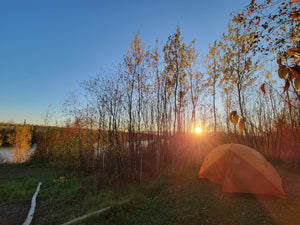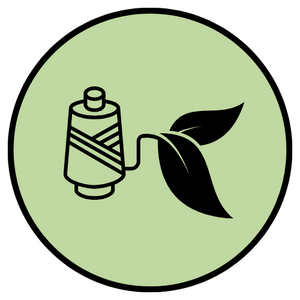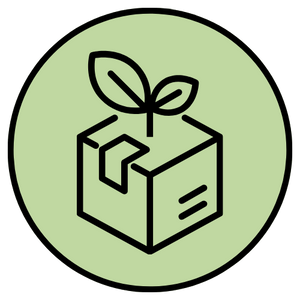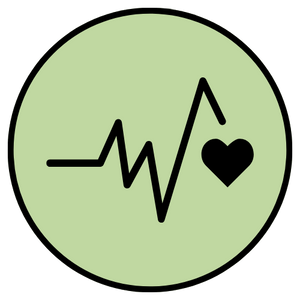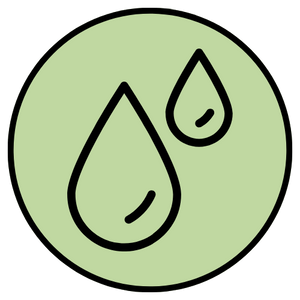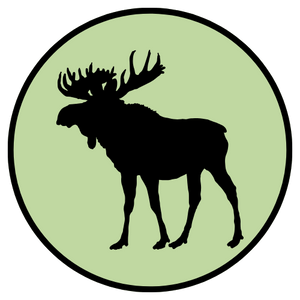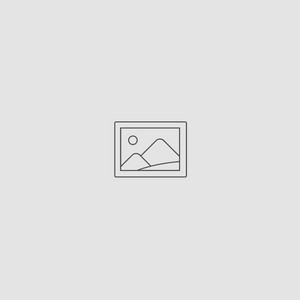Abode Outside: Highly-Sustainable Outdoor Clothing Made in Minnesota
Abode Outside is a clothing brand based in Minnesota, USA. We design high-quality, eco-friendly apparel for people who love the outdoors. As a purpose-driven outdoor clothing company, our mission is to minimize environmental impact while maximizing comfort, durability, and style. Every product we make reflects our commitment to sustainability and ethical manufacturing.
Learn More About Our Eco-Friendly Clothing Collections
Our sustainable clothing is ideal for hiking, camping, travel, and everyday wear. Whether you're exploring the wilderness or commuting in the city, Abode Outside is your source for responsibly made outdoor apparel. We use recycled, biodegradable, and low-impact materials to ensure that our clothing supports a healthier planet.
Active Knitwear and Lifestyle Knitwear for Any Season
Abode Outside offers two signature collections: active performance knitwear and lifestyle knitwear. Our active knitwear collection features breathable, moisture-managing pieces designed for active use in changing weather conditions. The lifestyle collection delivers casual, sustainable clothing made for daily comfort, travel, and relaxation—without compromising on aesthetics or environmental values.
From recycled polyester and wool blends to innovative new blends, our yarns are chosen for their technical benefits and low environmental footprint. You’ll find eco-conscious gifts and outdoor gear that meet the needs of both minimalists and adventurers.
Shop Affordable Sustainable Outdoor Clothing
Looking for stylish, functional clothing with a conscience? Browse our full selection of sustainable apparel in The Shop. To ask questions or learn more about our sustainable practices, visit our Contact Page. We’re proud to be a Minnesota-based business committed to transparency, responsible design, and nature protection.


